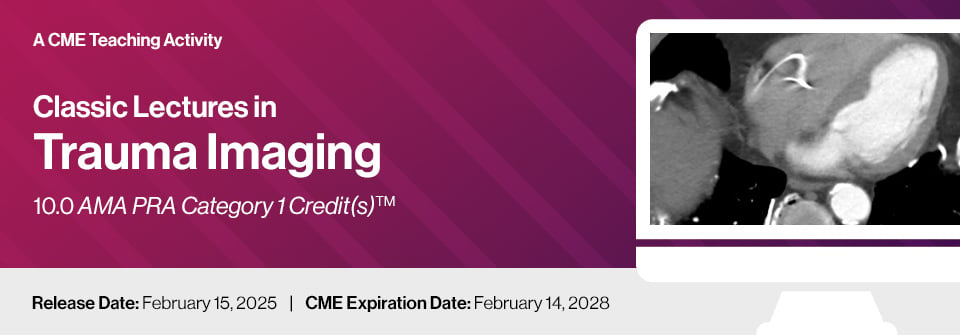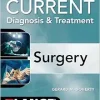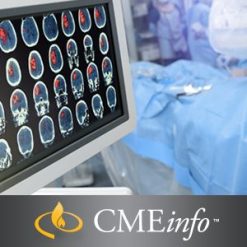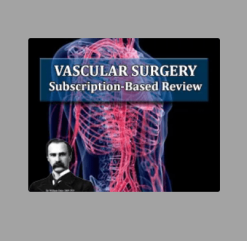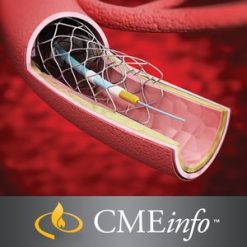Classic Lectures in Trauma Imaging 2025 (Videos)
$40,00
This Product is shared via google drive download link, So please share your correct Gmail id while placing the order .Please note that there are no CME points or certificate associated with this course Samples for Courses Can be found here : Free Samples Here!
Format: 20 MP4 files
Categories: Radiology, ORTHOPEDICS, SURGERY, Trauma
Tags: Orthopaedic, radiology, Trauma
Classic Lectures in Trauma Imaging – A Video CME Teaching Activity
Program
- AI in Whole Body Trauma Scans
Thorsten R. Fleiter, M.D. - Trauma Whole Body CT: Where Are We Now?
Mark P. Bernstein, M.D., FASER - Neuro Trauma: Can’t Miss Lesions
Kathleen R. Fink, M.D. - Head Trauma
Yueyang Guo, M.D. - Imaging of Traumatic Brain Injury
Max Wintermark, M.D., MAS, MBA - Imaging Cervical Spine Trauma: Pearls & Pitfalls
Mark P. Bernstein, M.D., FASER - Cervical Spine Trauma
John F. Feller, M.D. - Spine Trauma: What the Surgeon Wants to Know
Ashok Srinivasan, M.D., FACR - Axial Skeletal Trauma
Karen Cheng, M.D. - Appendicular Skeletal Trauma
Karen Cheng, M.D. - Thoracic Trauma in the Acute Care Setting
Robert M. Steiner, M.D., FACR, FACC - Aortic and Cardiac Trauma
Sanjeev Bhalla, M.D. - Acute Chest: ICU, ER, Trauma
Sharon Brouha, M.D., MPH - Non-Vascular Chest Trauma
Sanjeev Bhalla, M.D. - CT of Splenic & Renal Trauma
Mark P. Bernstein, M.D., FASER - Traumatic Injuries of the Abdomen and Pelvis: Improving the Detection of Organ and Vascular Injuries with Dual Energy CT
Thorsten R. Fleiter, M.D. - CT of Bowel & Pancreatic Trauma
Jorge A. Soto, M.D. - State-of-the-Art Pelvic Trauma
Mark P. Bernstein, M.D., FASER - Ankle Trauma
Manickam “Nicks” Kumaravel, M.D. - Pediatric Trauma
Susan John, M.D.
About This CME Teaching Activity
- This CME teaching activity is designed to provide a comprehensive overview of trauma imaging, focusing on the latest techniques and advancements in the detection and evaluation of traumatic injuries across various regions of the body. Faculty will explore the imaging approaches for head trauma, spinal injuries, chest trauma, abdominal and pelvic trauma, and extremity injuries. Special attention will be given to how cutting-edge technologies such as dual-energy CT, artificial intelligence (AI), and other imaging modalities are improving the diagnosis and management of trauma patients.
Classic Lectures in Trauma Imaging 2025
Target Audience
This CME teaching activity is intended for radiologists, emergency physicians, trauma surgeons, and other healthcare professionals involved in trauma imaging and care.
Educational Objectives
At the completion of this CME teaching activity, you should be able to:
- Discuss the role of advanced imaging techniques in head trauma, including traumatic brain injury detection.
- Review the evaluation of cervical spine trauma and its impact on patient management.
- Explain the latest imaging approaches for thoracic trauma, including both vascular and non-vascular chest injuries.
- Discuss the use of dual-energy CT in detecting abdominal and pelvic trauma, improving organ and vascular injury detection.
- Describe imaging techniques for skeletal trauma, including axial and appendicular skeletal injuries.
- Review the imaging of pediatric trauma and the unique challenges associated with it.
- Discuss the role of artificial intelligence in whole body trauma CT scans, including its application in the detection and analysis of traumatic injuries.
Related products
$40,00
$70,00
$120,00
$50,00

